Operating drill presses can be a daunting task – the powerful machinery poses potential risks, and if proper safety measures are not taken care of, these risks can quickly turn into reality. This expert guide to drill press safety provides full information and useful tips about safety rules to prevent injuries when using the drill press. Knowing the right safety protocols is essential in ensuring an accident-free environment, so let’s explore what you need to stay safe and keep yourself free from harm!
Drill Press Safety Rules
Additionally, there are some common safety tips that every woodworker should know:
- Always use the proper safety gear, including eye protection, hearing protection and a dust mask.
- Ensure that the press is properly grounded to prevent electric shock.
- Wear closed-toe shoes when operating your drill press.
- Do not wear loose clothing or jewelry when operating the drill press.
- Ensure that your workpiece is securely clamped down before drilling to prevent it from being jostled around by the machine’s vibrations.
- Keep hands away from the bit and chuck jaws while the drill press is in operation.
- Ensure that the bit is sharp and in good condition. A dull or damaged bit can cause increased vibrations, leading to an unsafe working environment.
- Inspect your drill press for any defects before operating it; cracks, loose parts, frayed wires and other hazards must be addressed.
- When drilling into a hard material, use slower speeds to prevent the bit from breaking and becoming a potential hazard.
- Clean your drill press regularly; buildup of sawdust can cause motor overheating and potential fire hazards.
Following these safety rules will help you operate the drill press safely and properly for many years to come! If you ever feel unsure about operating your drill press, consult a professional for advice and assistance.
Before starting any project, make sure you read through and understand all of your drill press’s manual instructions. As long as you keep these important safety tips in mind, your projects will turn out great!
Common Drill Press Dangers
No matter how experienced you are, it’s always important to be aware of the dangers associated with any specific type of power tool. An improperly used drill press can cause serious injury or even death. Here are some key safety tips to keep in mind:
- Wear appropriate safety gear such as eye protection and hearing protection.
- Ensure the drill press is in good working order and all moving parts are lubricated.
- Before using, inspect the drill bit for any signs of wear or damage.
- Securely clamp workpieces before drilling to ensure they don’t move during operation.
- Use a drill press at the recommended speed as indicated by the manufacturer.
- Use a slow and steady motion when drilling, as going too quickly can cause breakage or jamming of the drill bit.
- Unplug the drill press before making any changes or adjustments to it.
- Clean up all sawdust and other debris after use to prevent potential hazards.
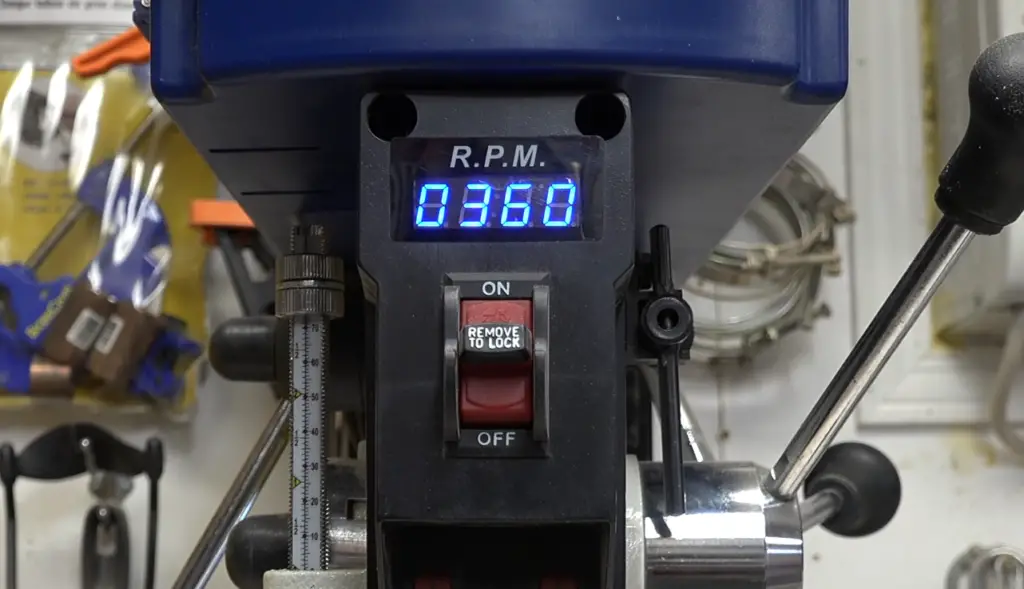
Causes of Drill Press Accidents
Accidents on the drill press mainly occur due to operator error, or from a lack of safety protocols. Common causes include: using an incorrect size or type of bit, not utilizing proper protective gear, not keeping the work area clean, and failing to disconnect power when performing maintenance.
Removed Safety Guards
One of the most common causes of drill press injury is when safety guards are not utilized properly. Make sure that all guards are in place before using a press – never remove them, as they are essential in protecting you from harm.
Additionally, take the time to inspect each guard for any damaged or missing parts before operating the machine. If anything looks out of place, replace the guard immediately.
Poorly Maintained Drill Press With One Or More Loose Parts
Regularly inspect all components, including the motor, belts, pulleys and bearings to ensure they’re in good condition.
If any part appears worn out or damaged, replace it immediately before using the machine. Additionally, always ensure that the press is fully secured and level before turning it on.
Wearing Gloves
Gloves are another important safety precaution. They provide an extra layer of protection in the event that bits or pieces become loose during operation.
Use the right type of gloves for the job at hand – heavy-duty, leather gloves work best for most types of drilling. Additionally, remember to remove any rings, watches or other jewelry before starting to work.
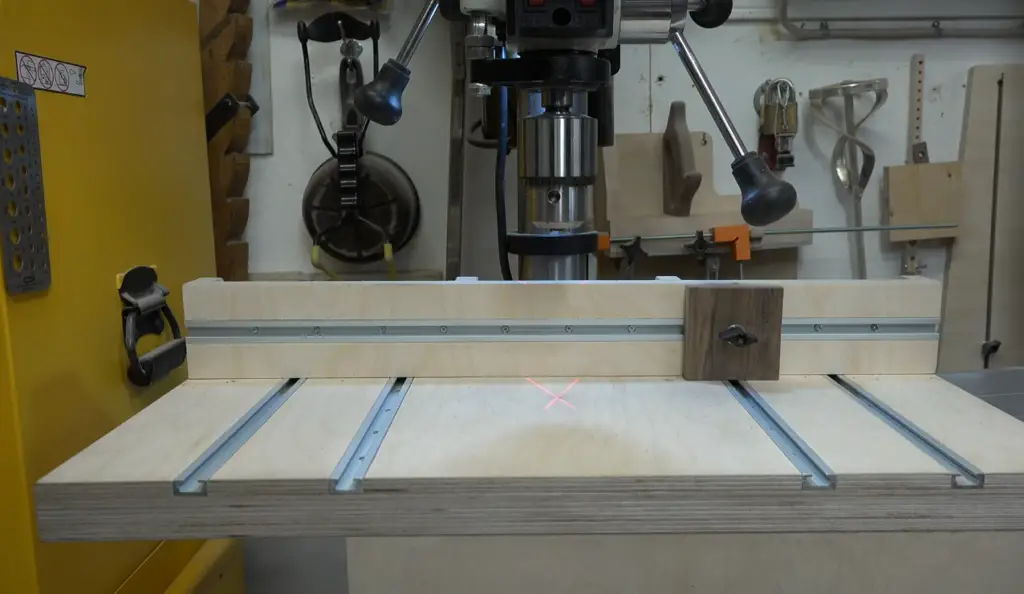
Risks of Operating a Drill Press
Drilling with a drill press carries certain risks. If the operator is not careful, serious injuries can occur. Generally speaking, common hazards include machine pinch points, flying debris, and pinched fingers or hands. However, these risks can be minimized if proper safety practices are followed when working with a drill press.
Hair And/Or Loose Clothing Can Become Stuck In The Rotating Parts
Make sure that hair and/or loose clothing do not become entangled in the rotating parts of the machine. Even short strands of hair can be drawn into the moving parts and cause serious injuries or even death. Therefore, safety goggles, face shields, and protective ear muffs are strongly recommended. Tie back long hair and remove any jewelry that could get caught in the moving parts of the machine.
Flying Chips
When drilling with a drill press, flying chips and debris can be thrown from the workpiece. This debris can cause injury to the operator if it comes into contact with skin or eyes. Wearing safety glasses and a face shield is recommended when operating a drill press to protect against these risks. In addition, it is important to ensure that bystanders are located a safe distance away from the machine while it is in operation.
Rotating Workpieces
Due to the nature of a drill press, ensure that workpieces are properly secured before drilling. If the workpiece is not securely fastened, it can rotate or move while in use, leading to potential injury. It is best to secure the workpiece using clamps or other mounting devices and inspect them regularly for signs of wear and tear.
Hot Objects
Drill presses generate a great deal of heat while in use. As such, it is important to take care when handling any hot objects that may be generated during the drilling process. In addition, operators should avoid touching any exposed metal parts on the machine as these can become quite hot during operation.
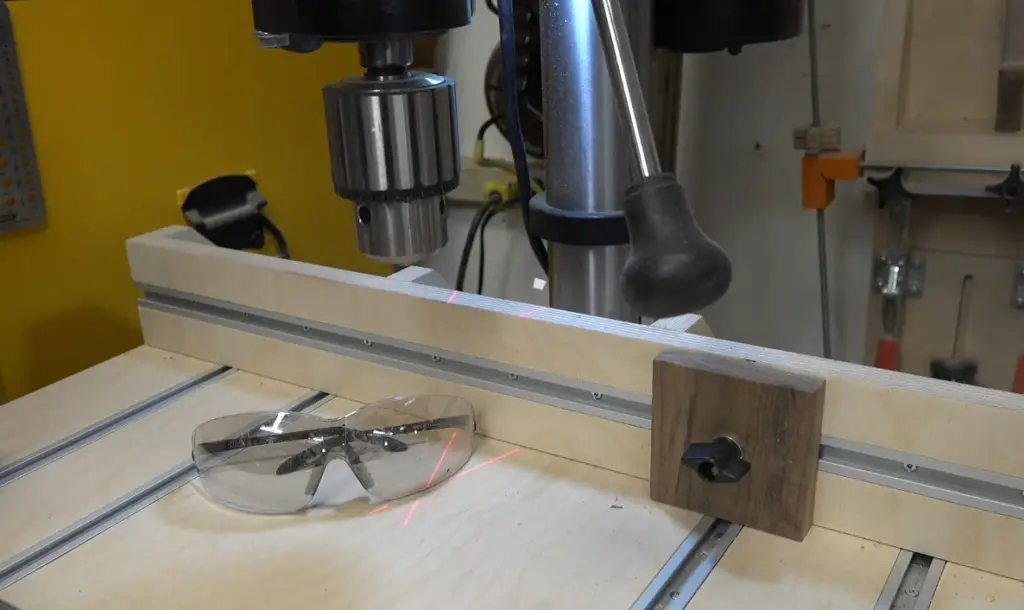
Sharp Edges
Another potential hazard of working with a drill press is the risk of cuts and lacerations from sharp edges or broken pieces. To prevent these types of injuries, operators should wear safety gloves and use other protective equipment such as face shields and long sleeved shirts. In addition, always inspect the workpiece for any broken or sharp edges before beginning to drill.
Drill Press Safety: A Step-By-Step Guide
To ensure the safety of operators, it is important to follow a few basic steps when operating a drill press. These include:
- Reviewing the machine’s manual for instructions and safety guidelines before beginning work;
- Making sure that all guards and protective covers are in place;
- Wearing appropriate clothing and protective gear, such as safety glasses, gloves, and long-sleeved clothing;
- Securing the workpiece with clamps or other mounting devices;
- Making sure bystanders are located a safe distance away from the machine;
- Inspecting the drill press regularly for any signs of wear and tear; and
- Keeping all tools and bits sharp and in good condition.
Additionally, it is important to consult an expert if you have any questions or concerns about proper procedure before beginning work. With the right precautions in place, anyone can safely operate a press and avoid injury.
Conduct Proper Training
It’s important to understand how the device works. Ensure all operators have been adequately trained and are familiar with the safety procedures associated with operating a press. Whenever possible, use an experienced operator as a mentor to assist in teaching inexperienced or unfamiliar users of the machine. It’s also important to follow all manufacturer guidelines and instructions while operating the machine.
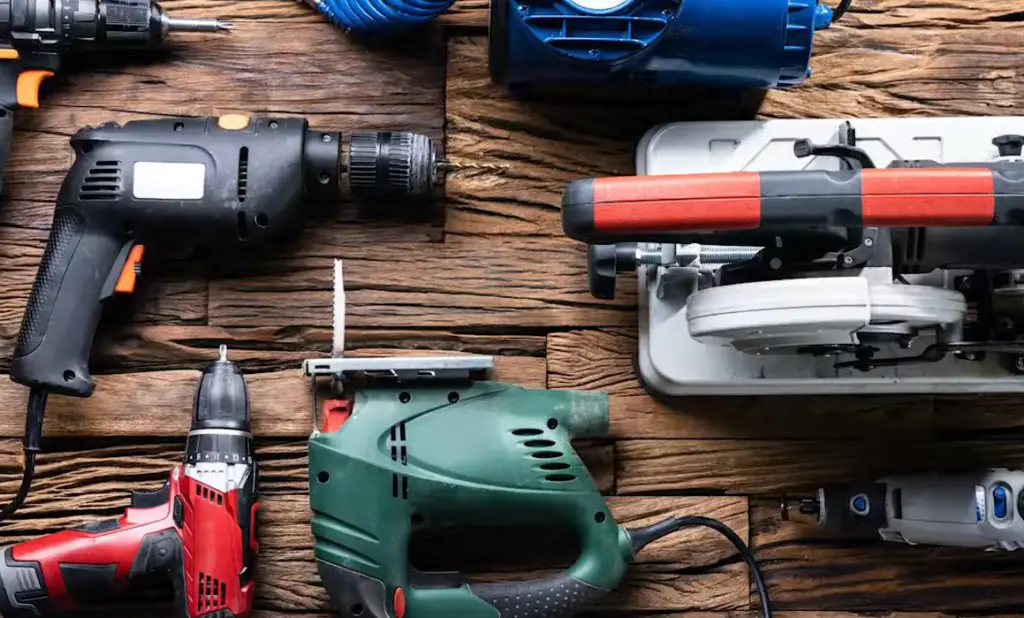
Set Drill Press Safety Precautions, Protocols, & Procedures
To stay safe, you should prepare and set up safety protocols and procedures before use. Here are some simple steps you can take to reduce the risk of injury:
- Read your manual – Make sure you read through the owner’s manual for the drill press. This will provide important instructions and information about the drill press.
- Use the right tools – Make sure to use the correct tools for your job. Using the wrong tool or accessory can be dangerous and cause injury or damage to your machine.
- Wear protection – Wear protective gear and clothing. This includes safety goggles, gloves, and a face shield.
- Avoid distractions – Remove anything that could be distracting during operation — like phones or other electronic devices. Focusing solely on the task at hand is essential for safe drill press use.
- Stay alert – Pay attention to the area around you. Ensure that your hands and feet are clear of any moving parts or sharp objects.
- Inspect regularly – Ensure that your drill press is in working order by inspecting it on a regular basis. Check for any signs of damage before use, and address any issues promptly.
- Unplug the machine – Always unplug your drill press before starting any maintenance work. This will prevent any risk of electric shock.
- Keep it clean – Ensure that all chips, sawdust, and other materials are cleared away from the drill press. A cluttered workspace can be dangerous.
- Follow safety protocols – Review safety protocols with everyone who will be using the press. Ensure that they understand the risks and precautions they need to take before operating the machine.
With the right knowledge and preparation, you can stay safe.
Encourage Proper Maintenance
If you want your drill press to stay in top shape and remain safe, regular maintenance is a must. A few of the most important things to remember are: clean and lubricate the table, bedways, and spindle bearings regularly; check for wear or looseness of belts and pulleys; ensure all bolts are tight; replace worn parts immediately; and ensure you understand how to properly adjust the belt drive.
Use an OSHA-Compliant Drill Press Guard
An OSHA-compliant drill press guard completely encloses all moving parts of the press, keeping them out of reach and preventing any loose clothing or jewelry from coming into contact with them. All drill press guards should be inspected and maintained regularly to ensure they are in proper working order. [1]
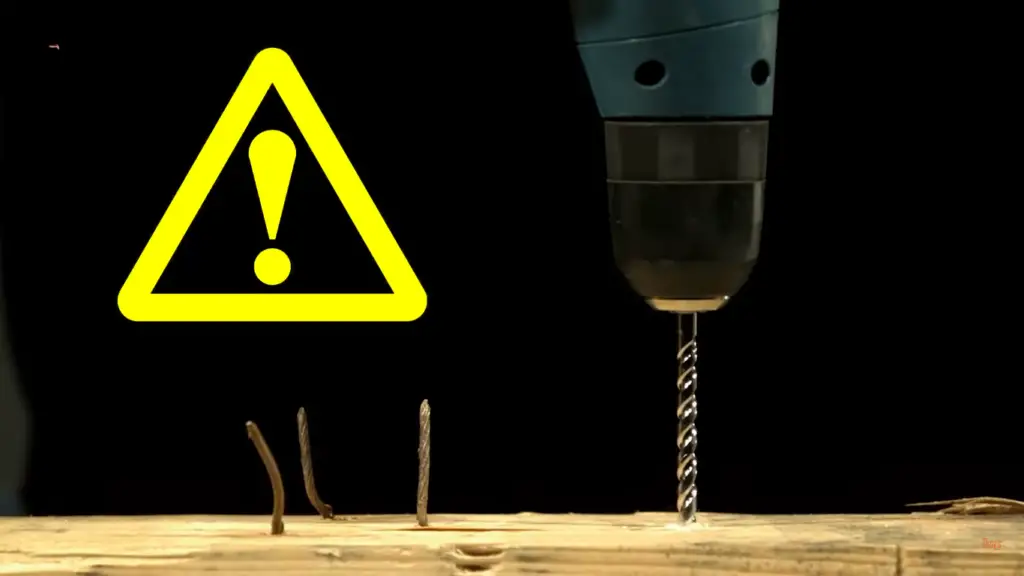
How to Avoid Drill Press Accidents
Drill presses are an incredibly useful tool for a wide variety of tasks. But it carries with it the potential risk of injury if not operated correctly. Follow these proven tips from the experts:
Do Not Remove Safety Guards
Many drill presses come with safety guards to protect you from flying objects and debris. Do not attempt to bypass these safety features – they are there for your protection. If the guard becomes obstructed in any way, be sure to stop drilling and adjust it accordingly before continuing.
Keep Loose Clothing And Hair To A Minimum
Doing so can reduce the risk of entanglement which could result in serious injury. Ensure to tie back any long hair before you begin drilling, and avoid wearing dangling jewelry or other loose items that could get caught in the machine.
Wearing Gloves Is Never A Good Idea
Some drill presses are equipped with a palm button –– a safety feature that stops the machine when your hand is removed from the switch. Wearing gloves can interfere with this feature, potentially leading to an accident. To keep yourself safe, never wear gloves while operating the press.
Lock The Drill Well
When setting up a press, ensure the spindle is locked before making any adjustments. This will prevent the drill from suddenly spinning when you least expect it. A sudden movement can cause serious injury if you are not paying attention.
Clamp The Workpiece In Place
Many accidents can be avoided by ensuring that the workpiece is securely clamped in place before you start drilling. This will prevent it from moving or shifting, which can reduce the risk of a dangerous accident.
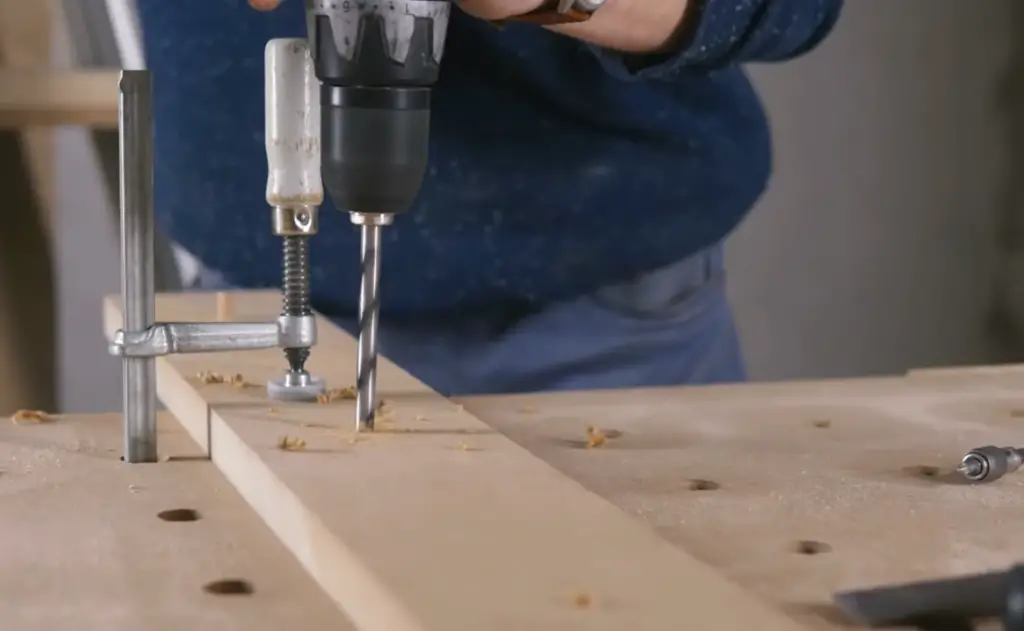
Avoid Trip Hazards
Drill presses can be quite heavy, so ensure that the area around the press is free of any trip hazards. Ensure the machine is stable on a level surface and surrounding areas are clear of any items that could cause an accident.
Put On Your Safety Glasses
It’s essential to wear proper eye protection. Flying chips and debris can cause serious harm if they come into contact with your eyes –– so always ensure to put on your safety glasses before using the machine.
Illuminate The Drill Press Well
Inadequate lighting can be a significant hazard when operating a press. To keep yourself safe, ensure the area around your machine is brightly lit so you can clearly see what you’re doing.
Use The Correct Drill Press Speed
Various materials require diverse drill press speeds to ensure a successful drilling job. To avoid damage and injury, be sure to select the correct speed setting for your workpiece. [2]
FAQ
What are the safety precautions when using a drill?
Read and understand the owner’s manual. It is important to follow all safety instructions and use protective gear and hearing protection if necessary.
Ensure that the press is set up on a stable surface and securely mounted to prevent movement of the machine during operation. Make sure that the bit is securely clamped and straight before using. Be aware of sharp objects or surfaces around you, such as metal, wood, or plastic shavings.
Do not overreach when securing a workpiece with a clamp or chuck and never have both hands on the controls at the same time. Slow down the bit speed before starting to drill and ensure the material is secure before pressing down on it. Always switch off the power when changing bits or working with the chuck or guard.
Regularly inspect your drill press for any damages or worn out parts, and remember to unplug the machine when not in use. [3]
What is a safety risk from a drill press?
A drill press is an extremely useful, powerful tool that can help with many projects. However, working with a drill press poses certain risks that every operator must be aware of and take steps to mitigate. Without the proper precautions in place, serious injuries may occur from objects flying off the table or contact between the spinning drill bit and your hand.
What are 10 things you should avoid doing when using a drill press?
- Never use a drill press without wearing the appropriate safety gear, such as goggles or face shields.
- Do not operate the press without first ensuring that the area is clear and free of debris and obstructions.
- Turn off and unplug the press before attempting to adjust or service it in any way.
- Never hold the material in place with your fingers while drilling; instead, use the proper jigs and fixtures to support the material.
- Check all guards and covers are in place on the press before starting it up.
- Do not feed or rotate material too quickly as this can cause the bit to break or separate.
- Never use a bit that is too big or too small for the material you are drilling.
- Before starting, ensure the bit is properly secured and tightened to the chuck of the press.
- Do not leave the press running unattended; turn it off when not in use and unplug it when finished.
- Ensure the drill press is certified and maintained according to safety standards. [4]
What PPE is required for a drill press?
Always wear the proper personal protective equipment (PPE) to minimize potential injuries. The most common PPE includes safety goggles or face shields, hearing protection, and steel-toed shoes or boots. Ensure that any loose clothing or jewelry is removed before operating the press. Additionally, operators should always ensure that their hair is tied back and any long strands are kept away from moving parts. [5]
Useful Video: WARNING: The drill press is one of the most dangerous tools! Here’s how to use it safely.
Conclusion
Using a drill press safely is essential to preventing serious injury. Following the proper safety protocols and using the necessary PPE can help protect operators from potentially hazardous situations. Additionally, making sure that all guards and covers are in place before starting the machine, as well as ensuring any drill bits are properly sized for the material, will help reduce risks. With the right knowledge, operators can ensure they are staying safe while using a press.
References
- https://www.strongholdsafety.com/a-step-by-step-guide-to-drill-press-safety
- https://www.christofix.com/drill-press-accidents/
- https://www.maantechnoplus.in/blogs/drilling-machine-safety-tips
- https://beingwoodworker.com/drill-press/safety-precautions/
- https://www.safetycompany.com/safetyblog/drill-press-safety-tips/






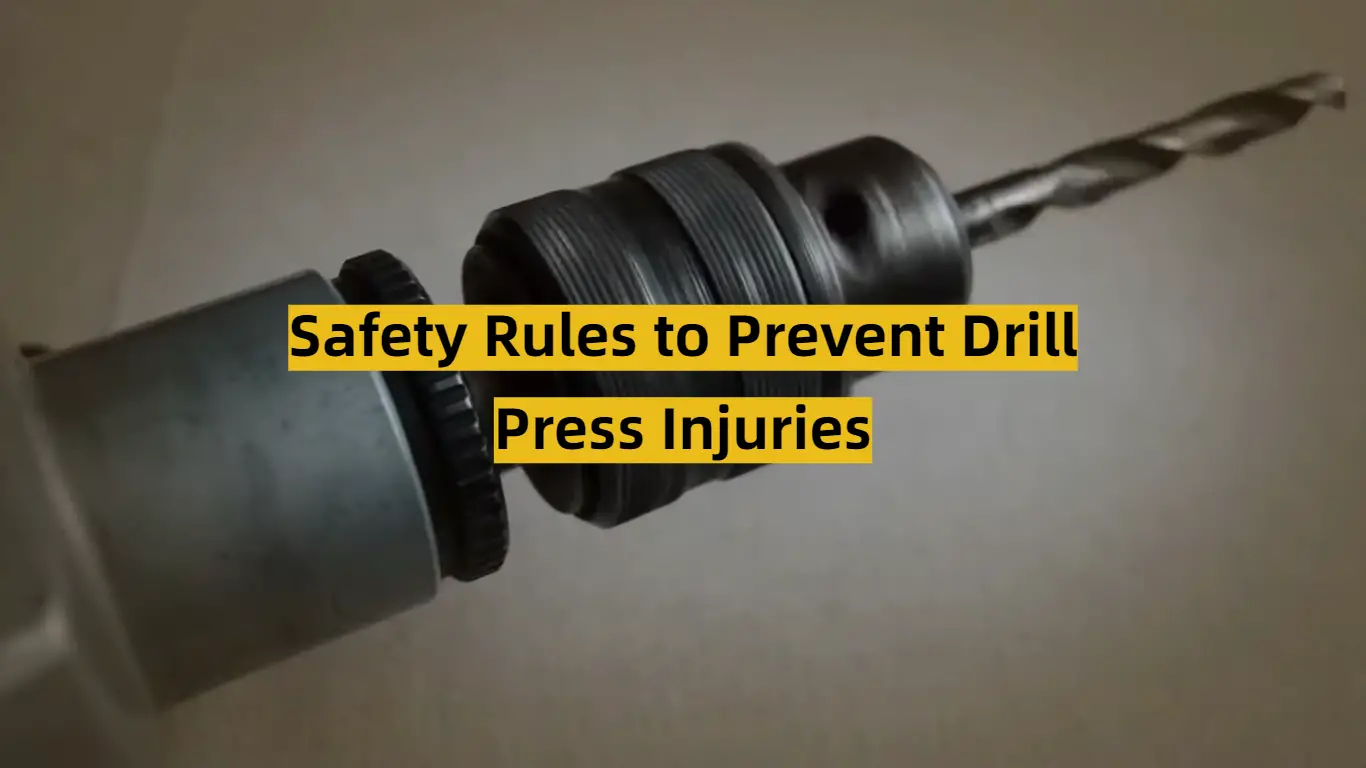




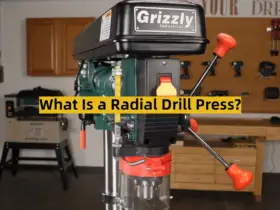
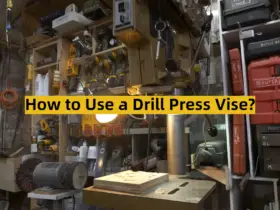
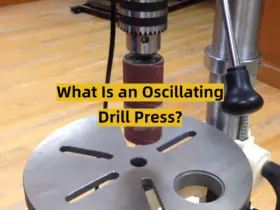
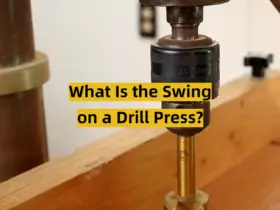
Leave a Reply